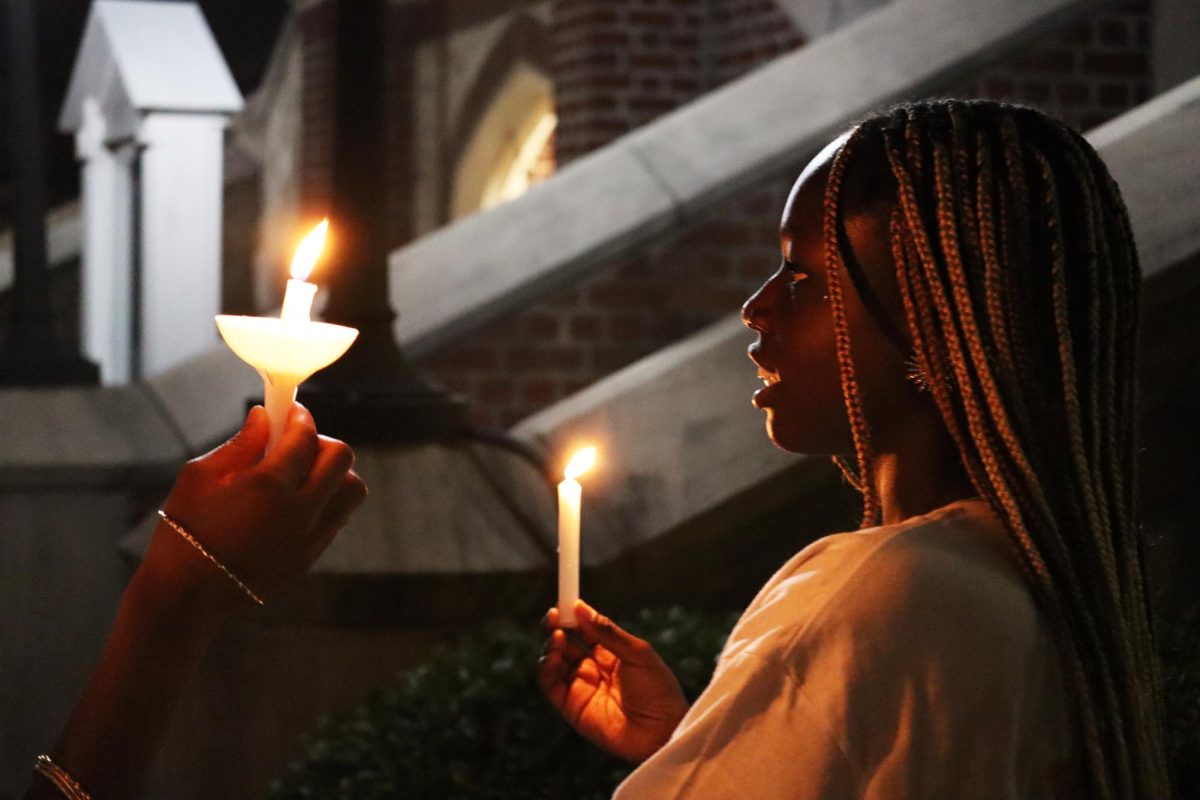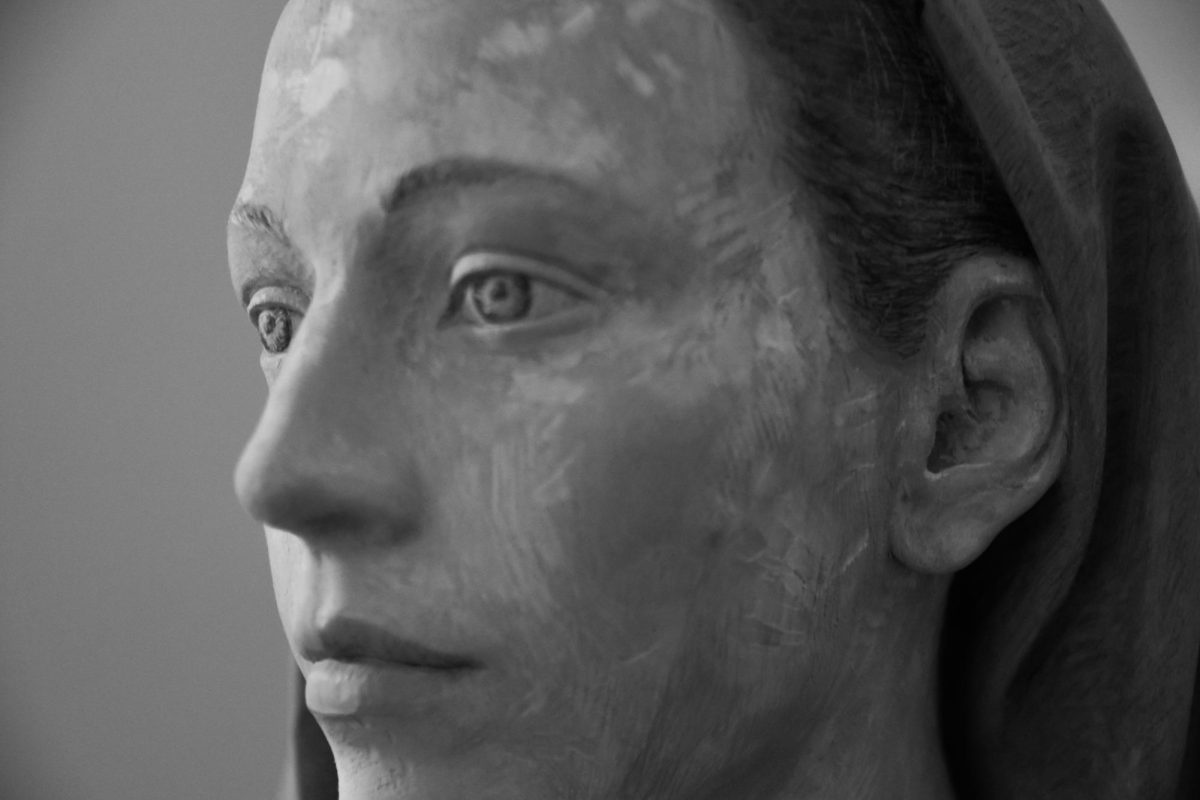The Qumran community may have been destroyed almost two millennia ago, but the notes involving Qumran and the famous Dead Sea Scrolls that tell about the community structures and its people have only recently been made public.
In a presentation sponsored by Loyola University and the New Orleans Society of The Archaeological Institute of America, Jodi Magness, Ph.D., gave a lecture Tuesday evening in Nunemaker Auditorium about the people of Qumran and the Dead Sea Scrolls.
Her lecture, which spanned a two-hour period, gave over 120 students and faculty a chance to see what life was like in Qumran before it was abandoned in 68 C.E.
Magness explained during the lecture that the original archaeological notes taken by Pere Roland de Vaux, the archaeologist who excavated the site, were made available to the public for the first time ever in 1994.
“They took photographs from the time of the excavations, and they took de Vaux’s raw field notes in French and published them,” Magness said.
Magness’ contribution to the knowledge about Qumran is also significant.
“As I was looking through the notes, sure enough I found something that nobody had ever noticed before,” she said.
She was referring to an unknown room and structure that turned out to be a lavatory and a commode that was structured similarly to how modern facilities are designed.
Unlike the Romans and everyone else, she said, the people of Qumran were aware of privacy and cleanliness.
Among other interesting details about the Qumran was a unique water routing system.
Because the area Qumran is located in rarely sees rain, the community designed a complex system for routing water into reservoirs and baths.
Qumran lies on the northwest side of the Dead Sea, with the Jordan River to the northeast of the town. It is located in a rift zone, which makes it earthquake-prone.
Qumran has sustained major damage in the past from earthquakes, and this has made the archaeologists’ job of piecing together the mystery of the community all the more difficult.
Magness, who is the Kenan Distinguished Professor of Teaching in Early Judaism, and the senior endowed chairperson in the Department of Religious Studies at the University of North Carolina at Chapel Hill, published a book about the archaeological discoveries at Qumran. Her book, entitled “The Archaeology of Qumran and the Dead Sea Scrolls” won the 2003 Biblical Archaeology Society award for the best book in archaeology.
Thomas Slack can be reached at [email protected].






